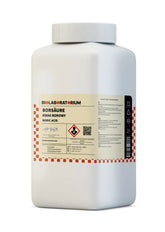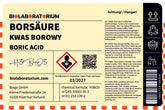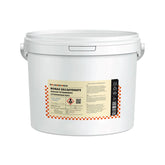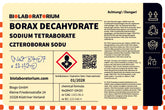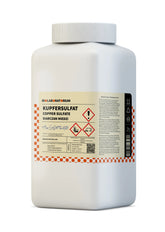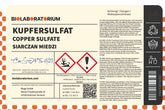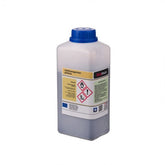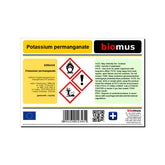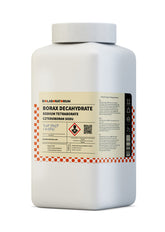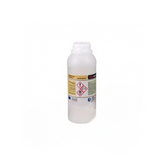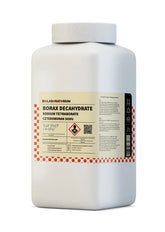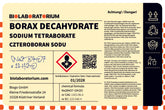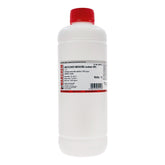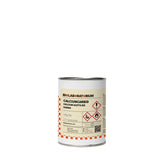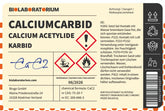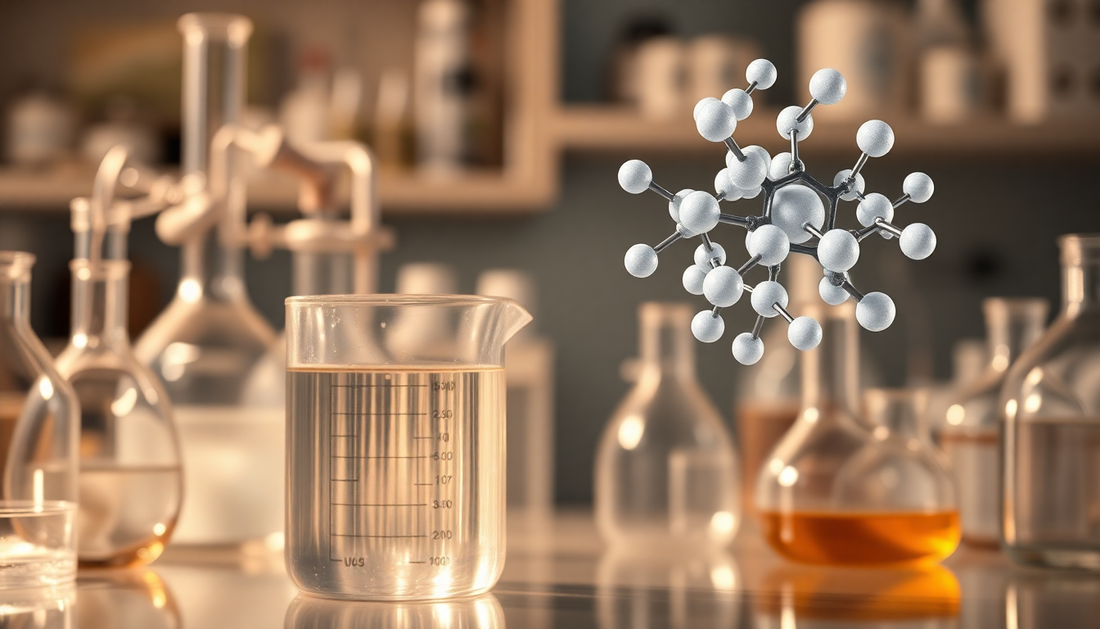Salicylic acid – Versatile raw material for cosmetics and technology
Salicylic acid is a chemical substance that is widespread in nature and has a variety of applications in industry, technology, and cosmetics. This article provides an overview of the properties, effects, and uses of salicylic acid.
Occurrence and Production of Salicylic Acid
Salicylic acid naturally occurs in many plants, especially in the bark and leaves of willows, poplars, and spireas. There, it serves the plants as a defense substance against predators and pathogens.
The industrial production of salicylic acid today is predominantly synthetic from phenol and carbon dioxide. Initially, sodium salicylate is produced, which is then converted to salicylic acid using sulfuric acid. This process is significantly more efficient than the previously common extraction from willow bark.
Properties and Effects of Salicylic Acid
Salicylic acid is a crystalline, white solid with a characteristic, slightly acidic smell. It is only moderately soluble in water but well soluble in organic solvents such as alcohol or acetone. Chemically, salicylic acid belongs to the group of carboxylic acids.
The most important properties and effects of salicylic acid are:
Anti-inflammatory and Pain-relieving
Salicylic acid has anti-inflammatory and pain-relieving effects. It inhibits the formation of prostaglandins, which are involved in inflammatory reactions. Therefore, salicylic acid is used in the treatment of rheumatism, gout, and muscle pain.
Germicidal and Antiseptic
Salicylic acid has a disinfectant-antiseptic effect and can kill bacteria, fungi, and viruses. It is therefore used in medicine and cosmetics as a preservative.
Keratolytic
Salicylic acid has a keratolytic effect, meaning it dissolves hardened tissue. Therefore, it is used in the treatment of warts, corns, and dandruff.
UV Protection
Salicylic acid absorbs UV radiation and can therefore be used as a UV filter in sunscreens.
Applications of Salicylic Acid
Due to its diverse properties, salicylic acid has a wide range of uses in industry, technology, and cosmetics:
Medical Applications
In medicine, salicylic acid is used to treat inflammation, pain, and skin diseases. Well-known applications include:
- Treatment of rheumatism and gout
- Treatment of warts, corns, and dandruff
- Antiseptic wound treatment
Cosmetic Applications
In cosmetics, salicylic acid is used in various products, such as:
- Facial cleansing products for pore cleansing
- Shampoos and hair care products against dandruff
- Sunscreens as a UV filter
- Deodorants as a preservative
Technical Applications
Salicylic acid is also used in technology, for example:
- As a corrosion inhibitor in cooling lubricants
- As a component of dyes and paints
- As a synthesis building block for pharmaceutical active ingredients
Food Applications
In small amounts, salicylic acid is also used as a preservative in foods, such as in jams, jellies, and fruit juices.
Conclusion
Salicylic acid is a versatile and valuable chemical raw material that finds numerous applications in industry, technology, and cosmetics. Its anti-inflammatory, antiseptic, and keratolytic effects make it an important component in medicines and care products. At the same time, salicylic acid is a useful auxiliary substance in technical applications. The importance of this natural substance will continue to grow in the future.

